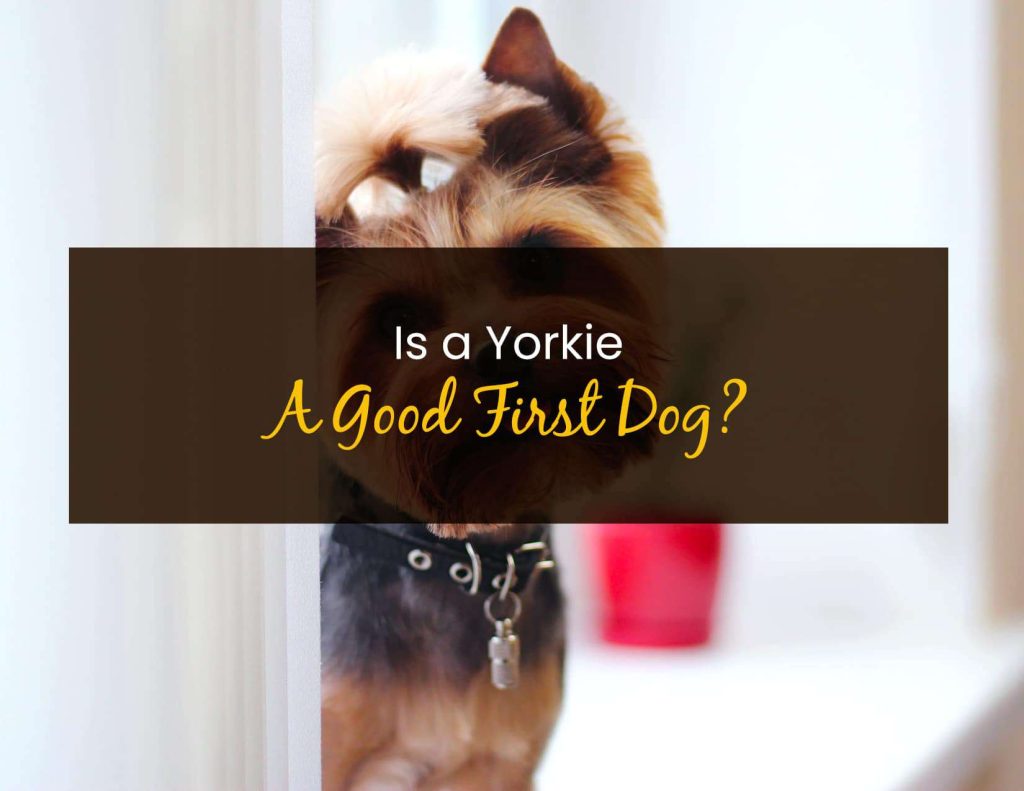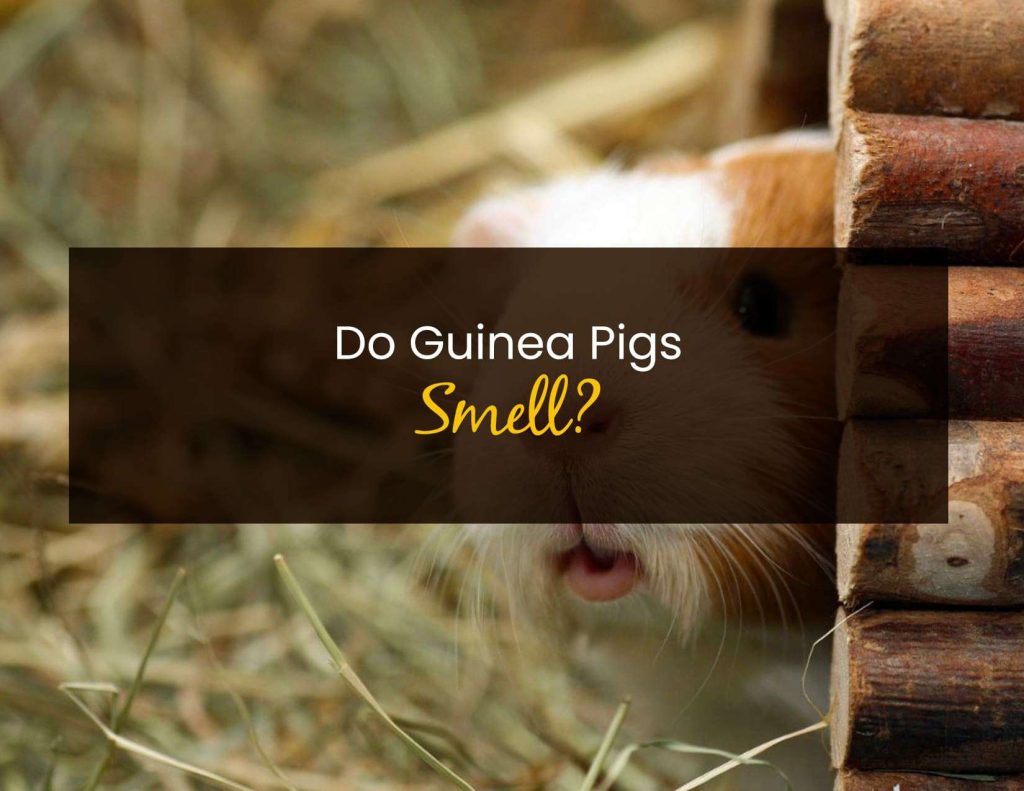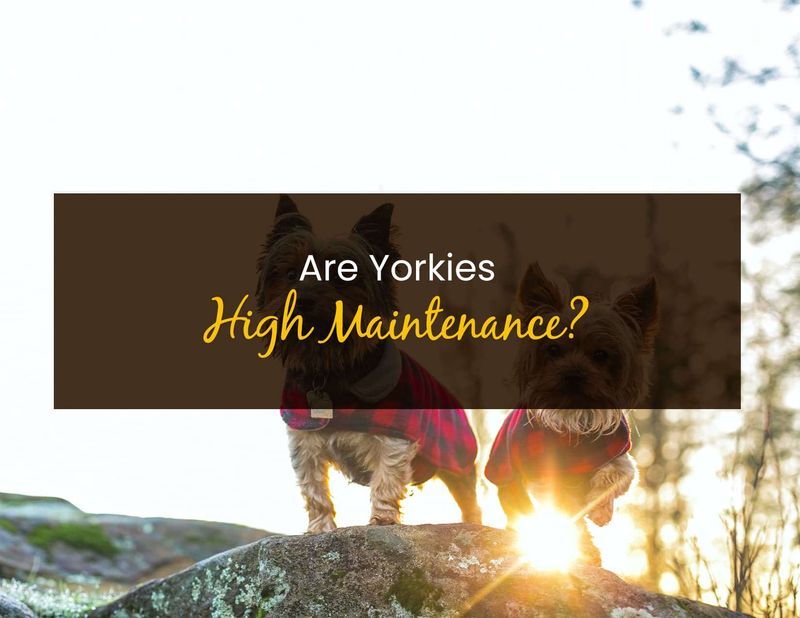The Havaton is a unique designer hybrid that is now gaining popularity in the market. They are a hybrid of the Havanese and the Coton de Tulear breeds.
These small dogs are adorable animals who thrive on human attention and are identical to teddy bears. Everyone will undoubtedly enjoy petting and caring for a Havaton; many may even want to adopt one.
Unfortunately, not everyone can care for dogs and other pets. It’s estimated that between 15 and 30 percent of the overall population in the US is allergic to dogs. However, because of the development of so-called “hypoallergenic” dogs, even those with a severe allergic reaction to dogs are starting to show interest in acquiring a pet dog of their own. So, are Havatons hypoallergenic?
The answer is yes; Havatons are hypoallergenic. Many designer hybrids like Havaton were created to be more allergy-friendly. The offspring of two hypoallergenic purebred dog breeds, such as the Havanese and the Coton de Tulear, are more hypoallergenic than the offspring of other dog breeds.
Now that we’ve covered the essential aspect of this article, let’s delve deeper into the topic of Havaton being hypoallergenic, what “hypoallergenic” means, what steps you should take to ensure that your Havaton remains not only hypoallergenic but also spotless and in good health, and so on.

What Makes a Dog Hypoallergenic?
The term “hypoallergenic” originates from the Greek word “hypo,” which means “less” or “fewer.” The word’s meaning suggests that no dog breed is completely free of allergens. There are, however, some breeds of dogs that are less prone to provoking an allergic reaction.
In most cases, those who suffer from allergies are hypersensitive to a protein in the saliva and urine of dogs. When licking and brushing, the protein is distributed over the dog’s skin and coat. As new skin cells are created, the old ones, known as dander, are shed and released into the surrounding environment.
So, a hypoallergenic dog is one that, in general, sheds less and frequently has curled coats that trap hair and dander so that less is shed into the environment, or they have fewer hairs overall.
Are Havanese and Coton de Tulear Hypoallergenic?
Both dog breeds are hypoallergenic, making them an excellent choice for those with allergies. Havanese and Colton de Tulear are Havatons’ parents. So, let us dig a little deeper into these two small dogs.

Coton De Tulear
The Coton de Tulear is known for being hypoallergenic. Its fluffy white coat, although giving the impression of being relatively dense, is quite fine, and its texture is more similar to the hair that grows on your body than it is to the fur that is often seen on canines.
This quality, combined with the fact that it does not shed and has a relatively low count of dander, contributes to the Coton de Tulear being hypoallergenic.
In addition to this, the Coton de Tulear, often known as a Cotie, is not a drooler. Because of this, saliva-related allergy reactions are extremely rare.

Havanese
Havanese are also hypoallergenic. Havanese have several distinguishing characteristics that make them hypoallergenic. They don’t tend to drool much, and unlike dogs that commonly cause allergy problems, their unusual, silky, double-layered hair sheds less and creates significantly less dander.
What Are the Havaton’s Coat & Physical Characteristics?
With its curly coat and bright, button eyes, the Havaton is small and cute, similar to a teddy bear. They have small heads with tiny, well-defined muzzles that are not snubbed.
Because of their short necks, rectangular bodies, and very stubby legs, Havaton’s are always found relatively close to the ground. Their tails are short to medium length, and they curl wackily toward the back of their bodies.
Something else to know is that because this dog’s two parent breeds are of comparable height and weight, the Havaton is of a consistent size. The majority range from 24 cm to 28 cm and weigh anything from 3 kilograms to 6 kilograms.
The Havaton’s coat is one of its most appealing features; it is long, curly, and even crimped at times. Their luxurious fur feels smooth and silky to the touch. Most come in white, brown, black, or even tricolor.
What is the Coat Difference Between Havanese & Coton de Tulear?
Coton has a silkier and longer coat than that of a Havanese. The top line is slightly inclined from withers to croup in Havanese but not Coton. Havanese come in one or two more colorations than Coton does.
What Are the Havaton’s Grooming Needs?
The silky hair of Havaton will need to be combed through regularly to maintain its pristine condition.
Leaving uncomfortable mats and tangles in your pet’s fur is a sure way to end up having to cut them out. When removing a mat, you can jiggle your comb to get the mat away from the skin. Afterward, use your fingers to pinch the fur between the matted area and the skin while you work the mat loose with your comb.
Holding the fur hurts less when you try to brush the mat out. Always brush your Havaton down to the skin to ensure that you get rid of any mats that are hiding. The most common places for hair to become matted are on the stomach, beneath the ears, in the armpits, around the base of the tail, and in the crotch area.
If your Havaton has no skin conditions, the easiest way to care for its coat is to wash it once every two or three months using water and gentle shampoo formulated especially for dogs. If you want to bathe him more frequently, you may, but remember that excessive bathing can remove the coat’s natural condition, and strong shampoos can cause the skin’s pH balance to go unbalanced. Itching, irritation, and dullness are just some of the problems resulting from unbalanced skin.
After getting them wet, dry their ears completely, especially the ear canals. This is imperative to avoid infection, as their ears are droopy and not adequately ventilated. Dog parents should inspect their pooch’s claws every few days to ensure they are not curling or flaking.

Can Allergy Sufferers Have Havatons?
While Havatons are hypoallergenic, it doesn’t mean it’s already a 100% allergy-safe dog. However, there are better options for those with dog allergies.
People who suffer from allergies often find that they can accept certain dogs, and Havaton is one of them. There’s no reason for a Havaton to cause significant allergic reactions if adequately cared for and groomed.
Additionally, here are various actions that you can do to make your life significantly less difficult when you have a Havaton:
- Remember to keep your dog out of your bedroom at all times. This will make it easier for you to breathe when you are inside your room sleeping.
- If you cannot get rid of the carpet you already have, you should steam clean it regularly. Additionally, wash your throw rugs regularly with hot water.
- To remove pet allergens from hard floors, wipe them off with a moist towel.
- Regularly change your clothes whenever you play with your Havaton or after being around him for an extended period.
- Cover bedroom vents with a dense filtering material like cheesecloth.










